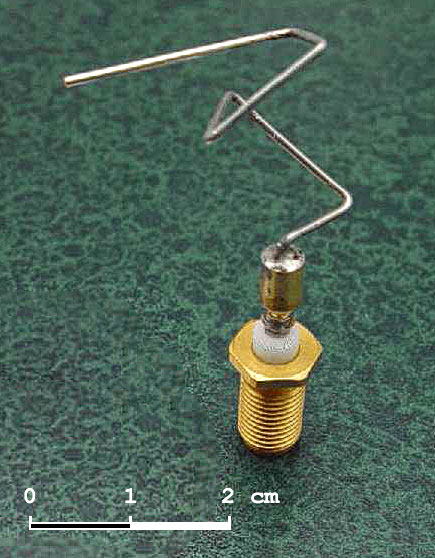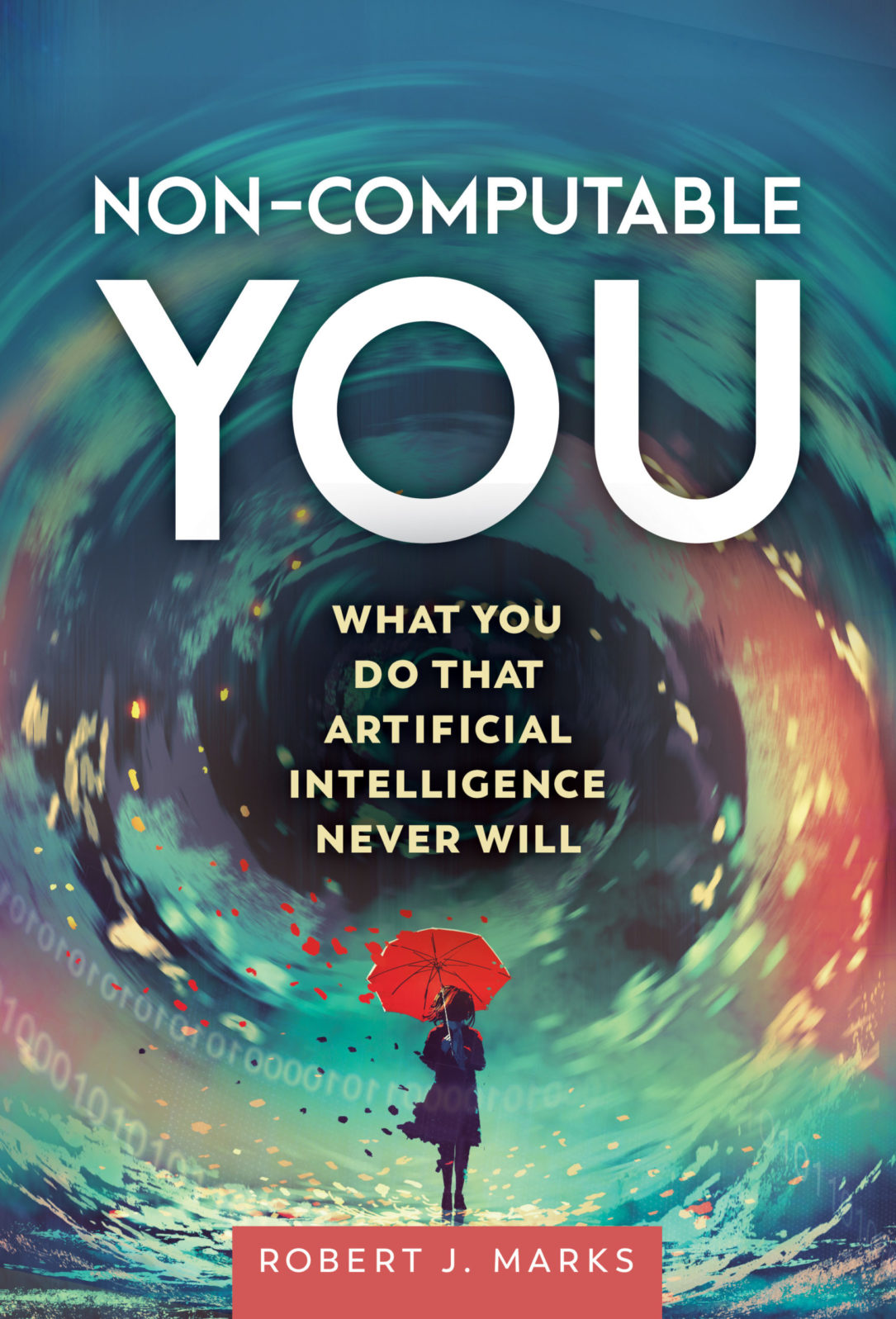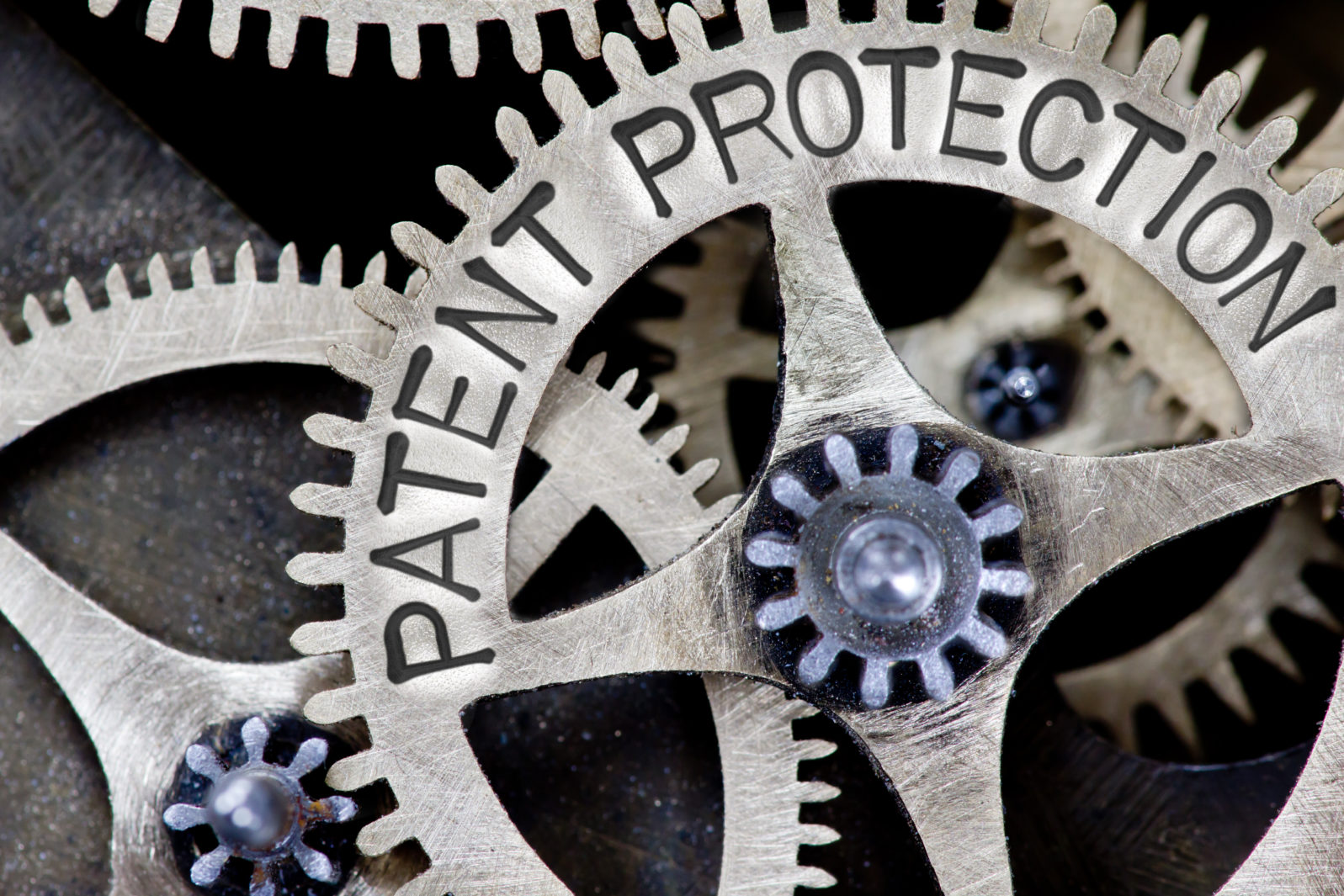Should AI Be Granted Patents on the Designs It Helps Develop?
That’s a current argument before the US Court of AppealsArtificial intelligence (AI) should no more be given a patent on an invention than my word processor should be granted a copyright on the article I’m writing. Yet the US Appeals Court has recently been told:
[AI] should be considered the inventor on patent applications covering a beverage container based on fractal geometry and a light beacon that flashes in a new way.
Blake Britten, “Artificial intelligence can be a patent ‘inventor,’ U.S. appeals court told” at Reuters (June 6, 2022)
Like bulldozers, electricity, and nuclear power, AI is a tool. Make no mistake, AI is a powerful and potentially dangerous tool. But like my word processor. it ultimately does only what it is instructed to do.
Here is a fundamental way AI is used as a tool in the design of things patentable. Whether training artificial intelligence or performing a search, design is always iterative. Formula 409TM, the spray cleaner sold by the Clorox company, was perfected after 409 attempts at meeting a design criterion — hence the name. WD-40TM, invented in 1953 by chemist Norman B. Larsen, stands for “water displacement, formulation successful in 40th attempt.” Both products required numerous tries to get things right.

Instead of originating in a series of experiments in a lab, many designs today can be done rapidly on a computer. A human expert can map out thousands — even millions — of possible solutions to a problem. NASA used AI in this way to iteratively design an antenna that looks like a weirdly bent paper clip stuck in a cork. To design the antenna, NASA looked through a large number of different paper clip bends to arrive at the best design. The results of such a search can be surprising and unexpected, but they are ultimately in the silo of expectations that the programmer wrote the AI to design.
Other problems, like the design of AlphaGo, which beat the world champion in the challenging board game of Go, have so many different states and solutions that they outnumber the atoms in the universe. Trying them all is not possible but computer scientists have found ways to intelligently wade through the ocean of solutions to get good results. There are a number of procedures to do this. One size does not fit all. A good programmer will choose the best match between the procedure and the problem being considered.
Human domain expertise is essential for any design. In AI, this comes from the computer programmer. Imagine WD-40TM being invented by a high school chemistry student instead of a seasoned industrial chemist. The design would result in a bigger number — more like WD-4000. Likewise, a clueless computer without the knowledge of electromagnetics or antennas could never invent the NASA antenna on its own.
There are many variations of AI, but all, at some point, require iterative trials to get better and better performance. The more domain expertise a programmer can import into the AI, the better. If there is no guiding human domain expertise of any kind, AI simply doesn’t work. AI, by itself, will never be creative. It does what it is told to do by a creative human being.
The computer programmer and those creatively contributing to the program should be granted the patent. Not a computer that fundamentally just pushes numbers around.
Here are some short excerpts from Robert J. Marks’s new book Non-Computable You: What You Do That Artificial Intelligence Never Will (Discovery Institute Press, 2022):
Why you are not — and cannot be — computable. A computer science prof explains in a new book that computer intelligence does not hold a candle to human intelligence. In this excerpt, Dr. Marks shows why most human experience is not even computable.
The Software of the Gaps: Dr. Marks takes on claims that consciousness is emerging from AI and that we can upload our brains. He reminds us of the tale of the boy who dug through a pile of manure because he was sure that … underneath all that poop, there must surely be a pony!
Marks: Artificial intelligence is no more creative than a pencil. You can use a pencil — but the creativity comes from you. With AI, clever programmers can conceal that fact for a while. In this short excerpt. Robert J. Marks discusses the tricks that make you think chatbots are people.

2022) by Robert J. Marks is available here.)
Machines with minds? The Lovelace test vs. the Turing test. The answers computer programs give sometimes surprise me too — but they always result from their programming. When it comes to assessing creativity (and therefore consciousness and humanness), the Lovelace test is much better than the Turing test.
Machines with minds? The Lovelace test vs. the Turing test The answers computer programs give sometimes surprise me too — but they always result from their programming. When it comes to assessing creativity (and therefore consciousness and humanness), the Lovelace test is much better than the Turing test.
and
AI: The shadow of Frankenstein lurks in the Uncanny Valley. The fifth and final excerpt from Non-Computable You (2022), from Chapter 6, focuses on the scarier AI hype. Mary Shelley’s “Frankenstein” monster (1808) wasn’t strictly a robot. But she popularized the idea — now AI hype — of creating a human-like being in a lab.
